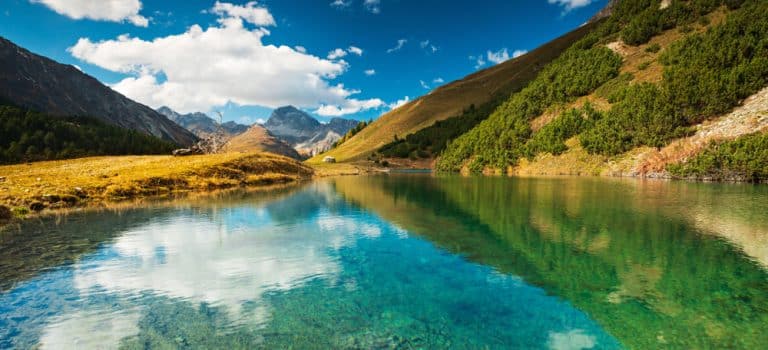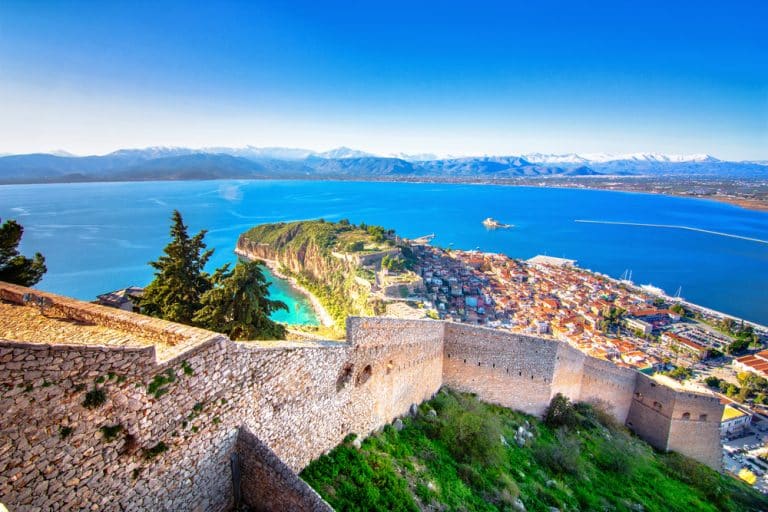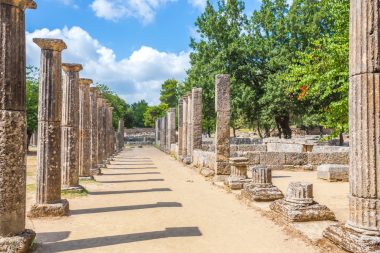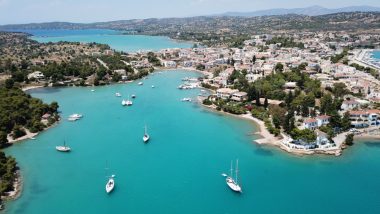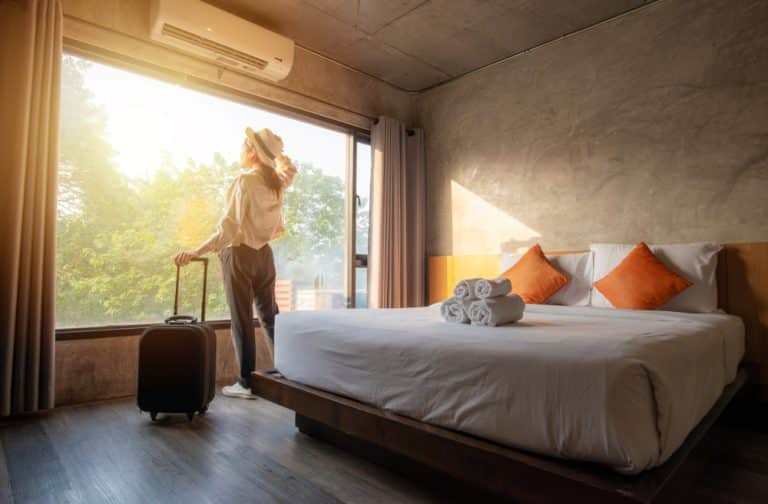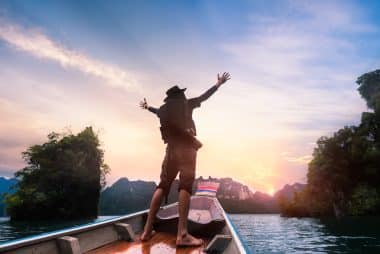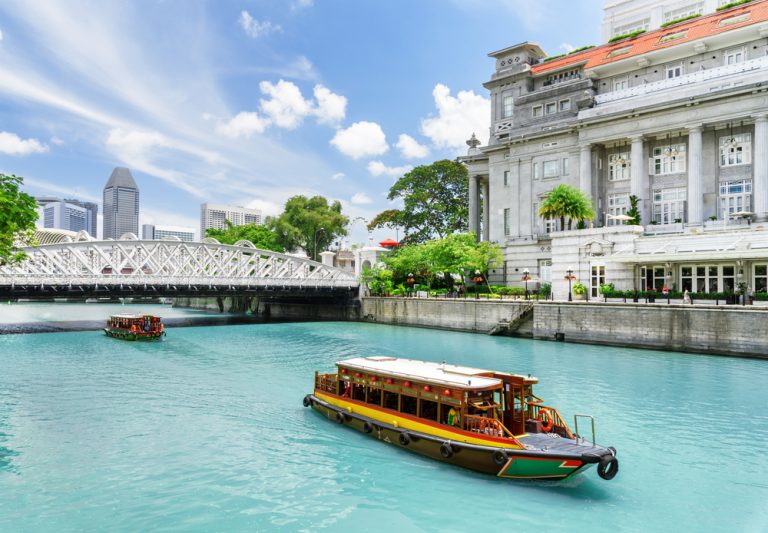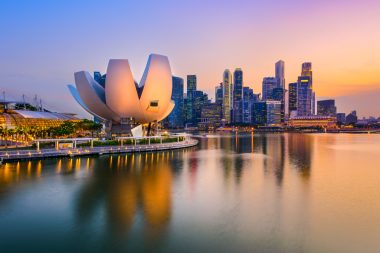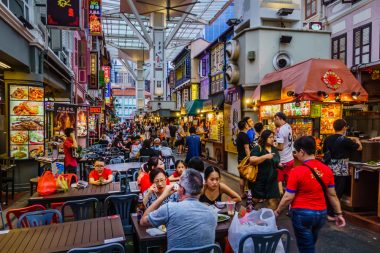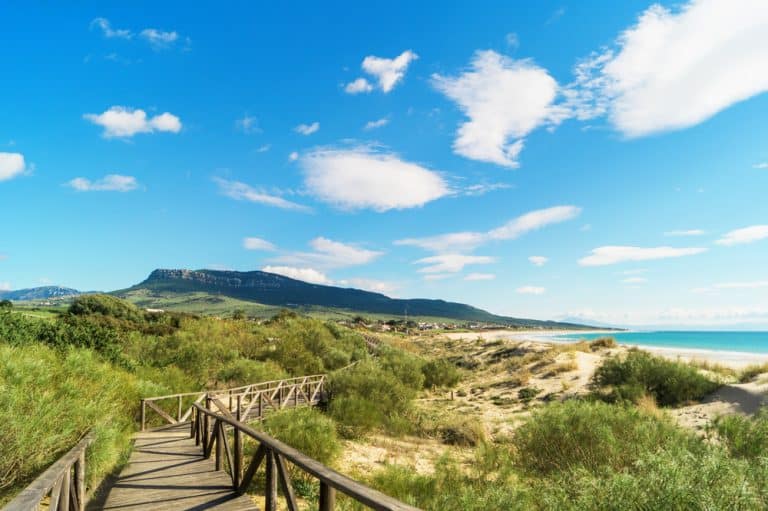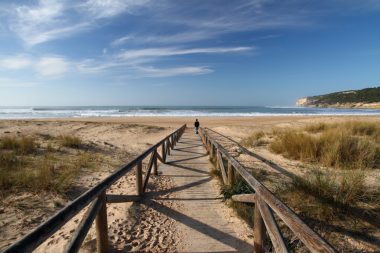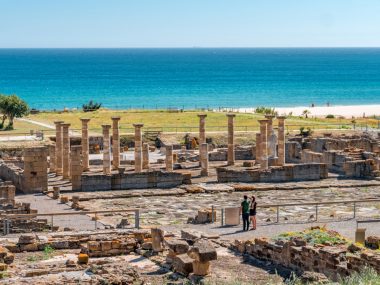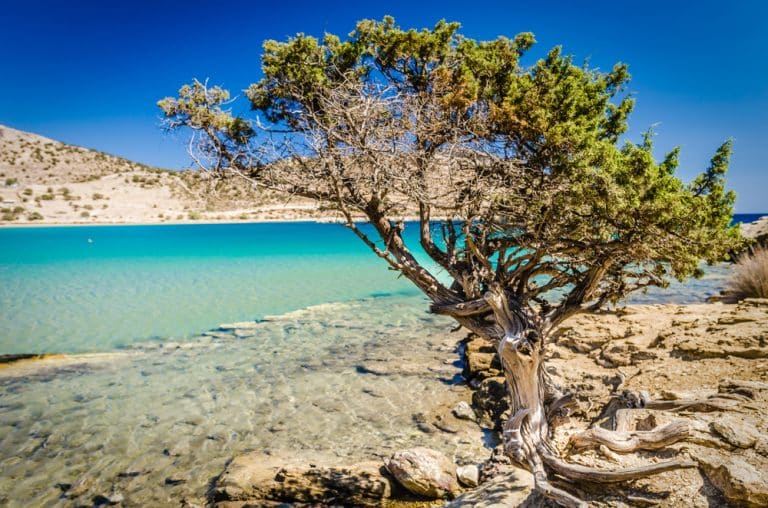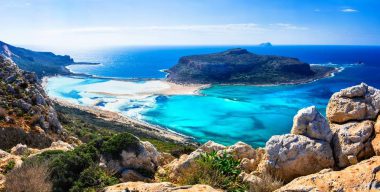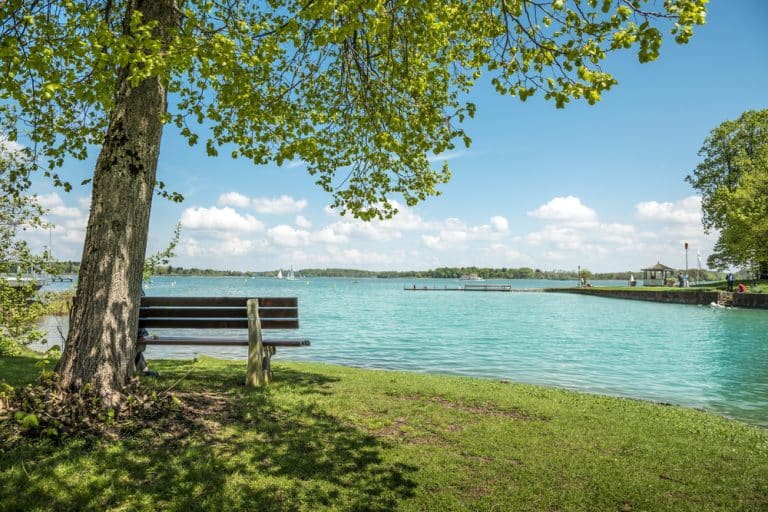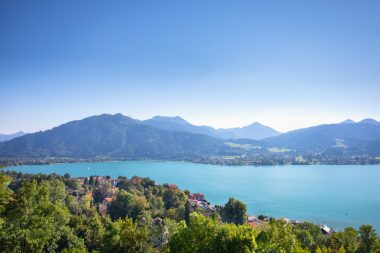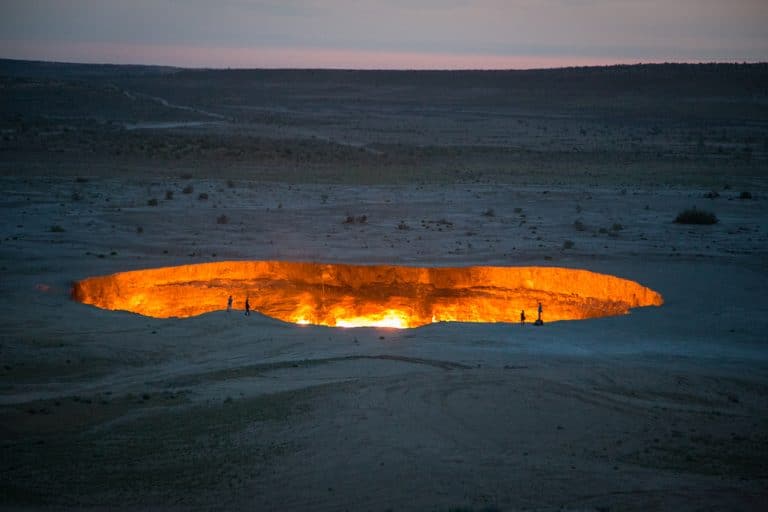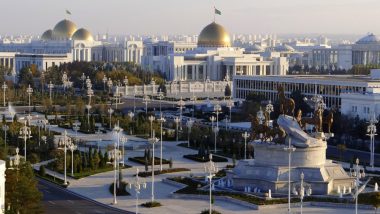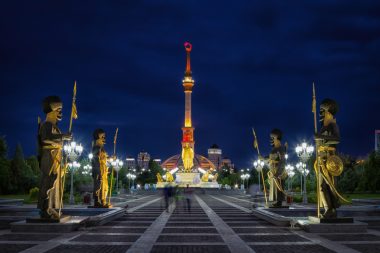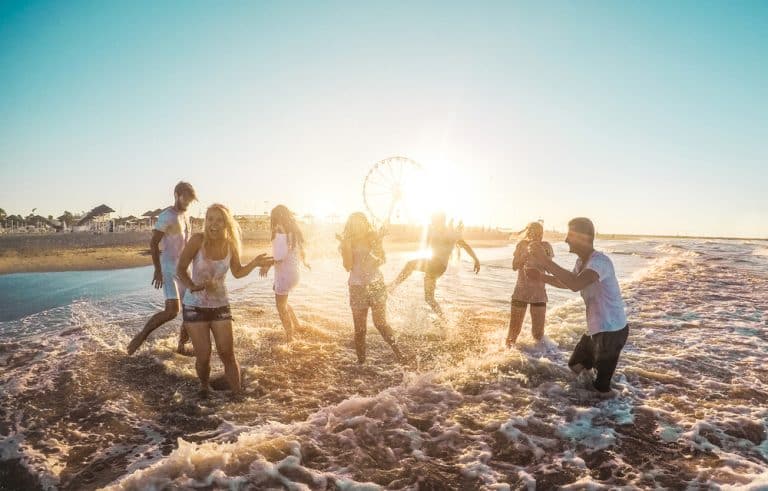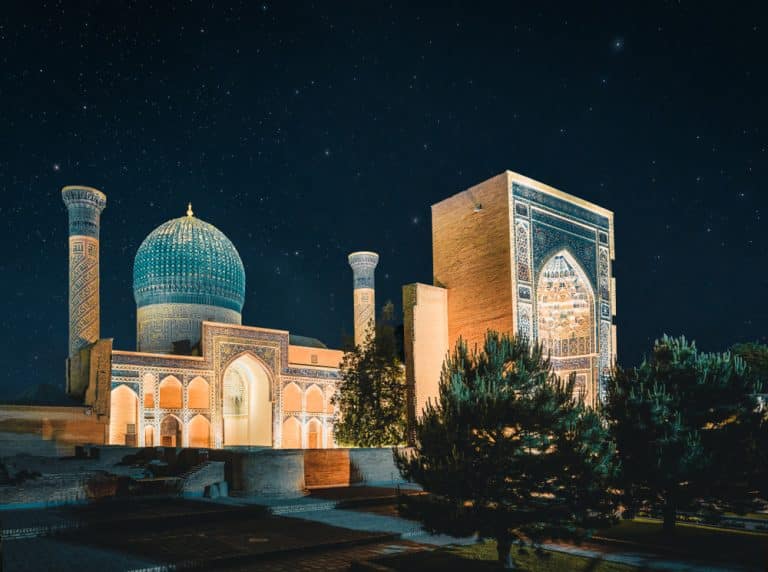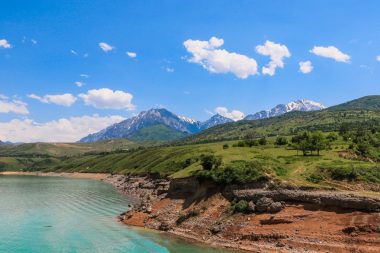As the largest canton by area, Graubünden is located in the greater region of Eastern Switzerland. Characterised by a breathtakingly beautiful mountain landscape, Großbünden is a popular holiday destination. Sparsely populated and with an impressive abundance of wildlife, the holiday region is a tourist attraction all year round. Nature lovers, culture enthusiasts and mountaineers appreciate the advantages of the canton. With 150 valleys, 937 mountain peaks and 615 lakes, the Alpine region enchants visitors from all over the world.
Graubünden’s fantastic natural scenery
The holiday region is characterised by its alpine flora and fauna. During hikes and mountain tours, deer, ibex, chamois and marmots can be observed at close range, as well as a good 300 species of birds. The Rhine and Inn source areas in the Graubünden Alps are also an attractive hiking destination.
The UNESCO World Heritage Site Tectonic Arena Sardona in the cantonal border area inspires with the visibility of the individual rock layers. From a geological point of view, the area is interesting. The Sardona World Heritage Trail, which leads through the tectonic arena in six stages, is charming. But shorter tours through the area are also worthwhile. In particular, the Glaner Hauptthrust and the Martinsloch are among the main attractions of the Alpine region.
On tours through the dreamlike mountain landscape, you will find wonderfully authentic villages. In winter, the slopes of the region beckon. If you don’t necessarily want to explore the region on skis, you can enjoy a speedy sleigh ride, a romantic horse-drawn carriage ride or a walk through the wintry mountain idyll.
Chur – the main town in Graubünden that is well worth seeing
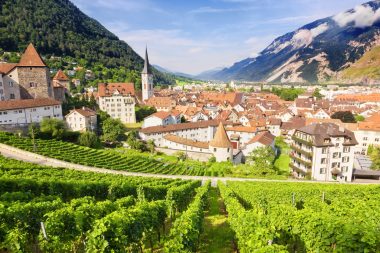
As the main town of the region, Chur is the centre of attraction par excellence. The city is located on the right bank of the Alpine Rhine and looks back on a long and eventful history, as the current city area was already settled in the Neolithic Age. Chur is known nationwide for its high density of bars and restaurants, offers good shopping opportunities and a varied cultural programme ensures that a look at the calendar of events is worthwhile in any case.
The list of cultural assets in Chur is also long, so there is a lot to discover on a tour through the city area. The old town of Chur is very picturesque, as the episcopal court with its baroque castle attracts visitors here. The old town is also characterised by numerous town houses from the 16th to 18th centuries. The oldest building fabric can be found in the so-called Bärenloch and consists of two closely built medieval courtyards. Numerous historic churches, towers, gate buildings and fountains can be discovered in the city area. The Graubünden Art Museum, the Graubünden Museum of Nature and the Viticulture Museum of Chur are also attractive.
The sights of the Graubünden holiday region
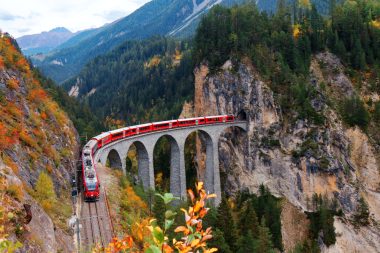
A ride on the Rhaetian Railway is highly recommended. The railway line leads over a total of 612 bridges, including the Landwasser Viaduct near Filisur, which is considered the showpiece of the UNESCO World Heritage Route. A trip on the famous railway line can be perfectly combined with a visit to the UNESCO World Heritage Site of St. Johann Abbey in Müstair. The Benedictine convent is a unique place of reflection, culture and history. Founded as early as 775, the monastery changed again and again and so there are wall paintings from the Romanesque period but also from the Carolingian period. In addition to the 1200-year-old frescoes, highlights of the complex are the monumental statue of Charlemagne and the oldest fortified tower in Europe.
A beautiful place to take a deep breath and relax is the village of Guarda. The village is one of the most beautiful places in the country. This is not least due to the fact that the typical Engadine architecture can be found here and the house facades were decorated with sgraffito. Among others, the painter Alois Carigiet was inspired by the picturesque village and so the village scenery can be found in the children’s book “Schellen-Ursli”.
One of the most famous and probably the most legendary places in the region is St. Moritz. But St. Moritz not only shines as an exclusive winter sports resort, but also the Segantini Museum attracts visitors from all over the world. The Italian artist spent the last years of his life in the Alpine region and today many of his important works can be admired in St. Moritz.
Art lovers should also visit Davos , because the Kirchner Museum beckons here. Ernst Ludwig Kirchner, born in 1880, came to the region in 1917 and worked here as an artist until his death. The Kirchner Museum presents the world’s largest collection of his works, which include sculptures, etchings, paintings and drawings.
There is also a lot to discover in the well-known town of Flims. Here, the “Yellow House” magically attracts visitors. The special building stands out for its white color and its special architecture. The very atypical spatial structure of the building ensured that the building received several awards. Today it is used for a wide variety of exhibitions and can also be visited as part of them


